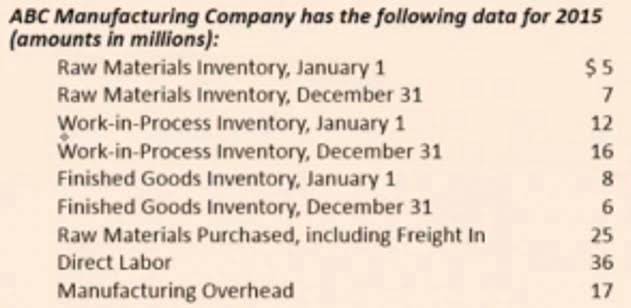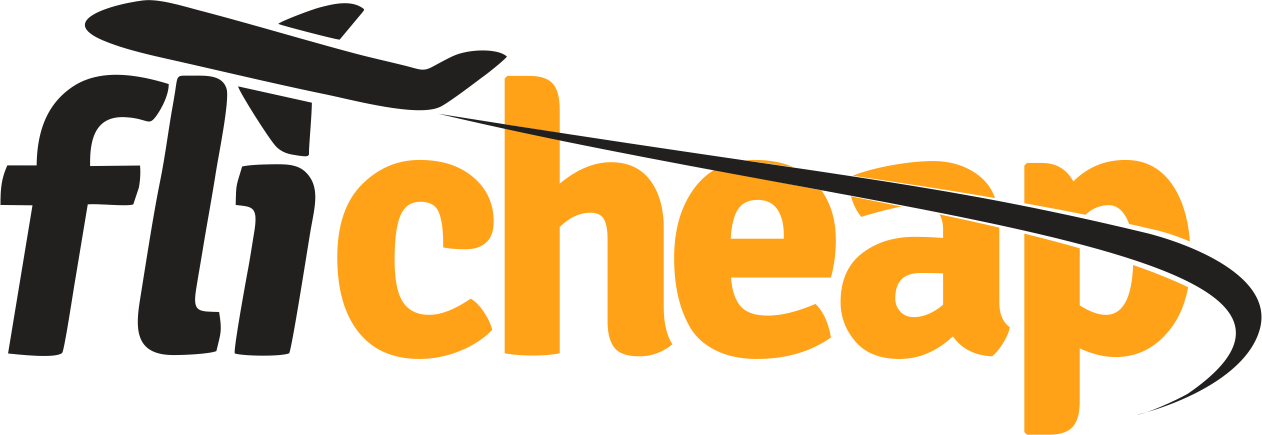Money on Wheels: The Art of Food Truck Bookkeeping

With the right retained earnings knowledge and determination, you can keep your food truck up and running and turn a profit. A food truck is a mobile restaurant, often selling food at designated areas, street corners, or festivals and special events. Food trucks may be a great way to turn your dream of owning a restaurant into a reality. If you’re considering running a food truck, you’re in the right place. Implement these best practices or consult with a specialized accountant to ensure your food truck stays on the road to success.
Determine how much you need set aside
- In other words, if it costs you $2 to create a dish, you must charge $10 ($2 is 20% of $10).
- However, make sure to look at a profit and loss that lists each line item as a percentage of income.
- Restaurant 365 is the gold standard for accounting services with restaurant management features.
- Popular accounting software options for small businesses include QuickBooks and Xero.
- You will at least need auto insurance on the truck itself as well as a general liability policy.
A chart of accounts is a structured list of all the financial accounts used in your business. It provides a standardized way to categorize and record transactions. When setting up your chart of accounts, it is important to consider specific food truck business needs. Design the chart of accounts to reflect your unique revenue streams, expenses, and financial reporting requirements.

Tools and Software for Food Truck Accounting
With the freedom of mobility and a vibrant atmosphere, these mobile eateries offer unique challenges and opportunities. However, as they experience the hustle and bustle of running a food truck business, it is important to not neglect bookkeeping for food trucks the financial aspect. Effective bookkeeping is the key to ensuring the financial health and success of your food truck ventures. Your food truck must periodically report sales and payroll amounts to various state, local and federal governments, and pay taxes on these amounts.

Payroll
Harbortouch offers online ordering options, location adaptability, and a hybrid cloud or “always on” model, which allows you to use it in spots with poor connectivity. It is important to account for and budget your income, whether you intend to pay yourself a W-2 wage or through an owner equity pull. When a customer uses a mobile application like Order Patrol to place an order and make a purchase. Owners frequently switch merchant processors to save a small amount, in my experience. Hidden fees frequently cancel out these marginal increases in merchant costs. Make sure to discuss these specifics with your CPA and attorney if you are taking on an investment partner.
- Maybe you’ll level up and start offering takeout or taking reservations.
- The Profit First approach to your accounting system works, even though I don’t support it.
- When you are able to bring in more money than you spend, you are maximizing your net income, and overall your profits will grow.
- Understanding your cost-to-sale ratio also helps you know how you stack up to other food businesses and get a clear picture of your finances.
- Payroll amounts are subject to state unemployment insurance taxes.
- Managing your expenditures is one of the most critical aspects of food truck accounting.
- They combine culinary expertise with entrepreneurial spirit, offering quick and convenient meals to customers on the go.
- To set up your food truck bookkeeping system, start by creating separate accounts for your business and personal finances.
- The vendor accepts credit cards or bank bill payments to complete all transactions electronically.
Then, you can update your bookkeeping records without worrying about mistaking the wrong transactions for your business earnings and expenses. By diligently managing your cash flow, you can ensure the financial stability of your food truck business. Operating expenses include all other costs for running your food business, for example, napkins, plates, marketing and advertising, equipment, etc. It’s important to note that this does not include the cost of ingredients or rent. You don’t want to turn away customers who don’t have a credit card, so you may occasionally take cash payments for small purchases. With cash payments, it’s essential to keep a record of any incoming transactions and provide customers with a receipt.

